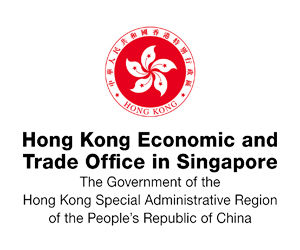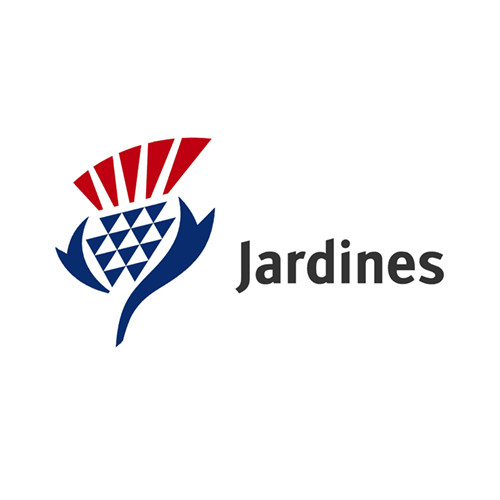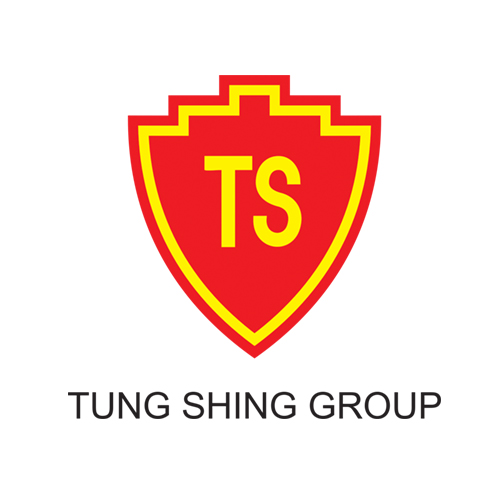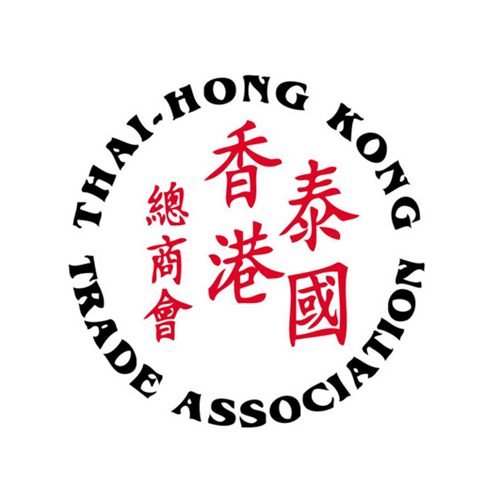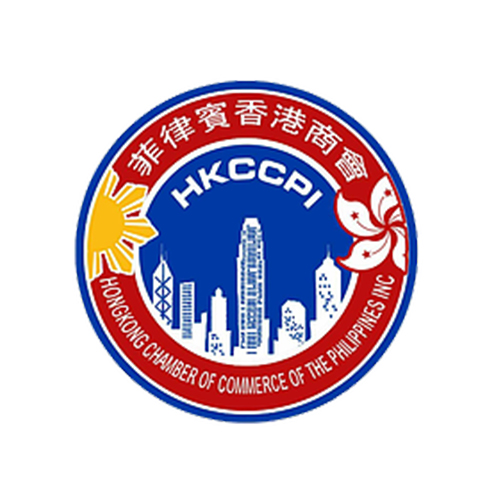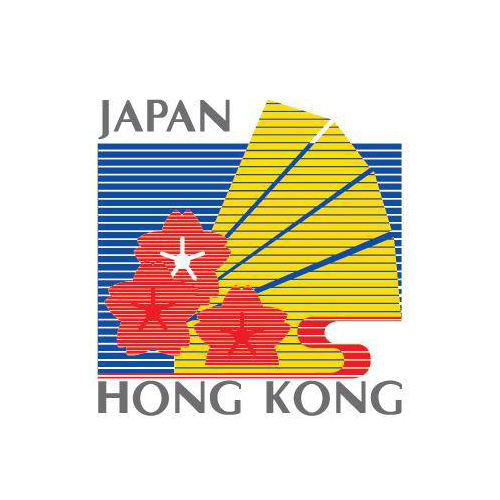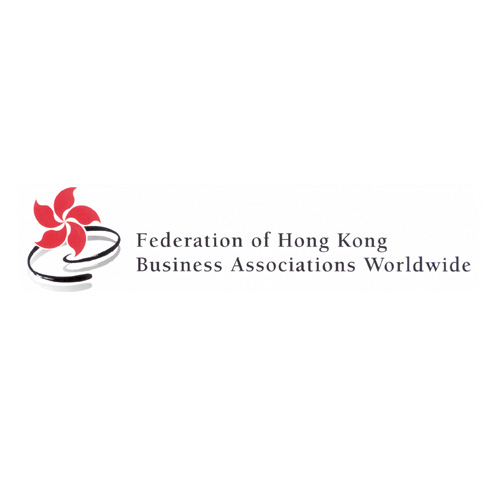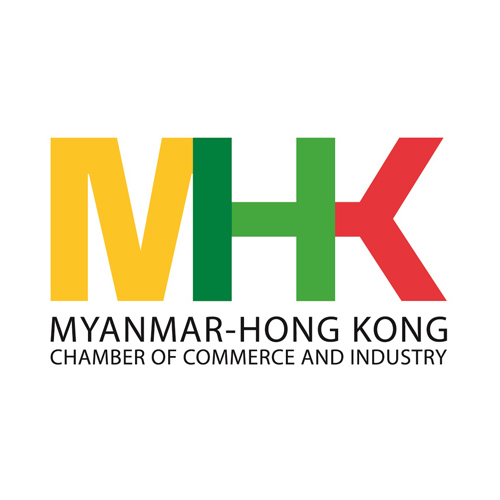Want to be in the loop?
subscribe to
our notification
Business News
VIETNAM TEXTILE AND GARMENT BUILDING NEW POSTURE
With an export target of US$40 billion set for 2019, this year is considered an important year for Vietnam's textile and garment industry in two potential export markets: Canada and Australia. Vietnam currently holds 4-5% market share in these markets. However, there are still many hurdles that the industry needs to overcome to capitalize on opportunities in CPTPP.
CPTPP – a great opportunity for the textile and garment industry
According to statistics of the General Department of Customs, textile and garment export turnover in the first three months of 2019 recorded encouraging development steps. Specifically, textile and garment export turnover in March 2019 reached US$2.7 billion, up 106.4% compared to February 2019 and up 15.9% compared to March 2018. Accumulated export turnover of this item in the first three months of 2019 reached US$7.3 billion, up 13.3% compared to the same period in 2018. Of which, the largest market is the U.S, accounting for 46.6% of total turnover, raking in US$2.14 billion, up 9.4% over the same period in 2018.
Dr. Tran Toan Thang, Director of the World Economic Affairs Department of the National Cener for Socio-economic Information and Forecasting (NCIF - Ministry of Planning and Investment), said that the CPTPP agreement is to bring huge advantages for the textile and garment industry. The export growth rate of the textile and garment industry is expected to increase from 8.3% to 10.8% thanks to greater price competitiveness in new markets in CPTPP, while the growth rates in the main markets of the US and EU are maintained.
According to the Vietnam National Textile and Garment Group (Vinatex), the number of orders that the industry has received from foreign partners is very positive. Mr. Vu Huy Dong, General Director of Damsan Textile Joint Stock Company, said that Vietnamese textile enterprises’ orders from foreign partners have grown stably at the rate from 8% - 10% compared to the same period in 2018. Some businesses even have attained enough export orders for the second and third quarter of 2019. However, Mr. Le Tien Truong, General Director of the Vietnam National Textile and Garment Group, said that, in addition to the positive signals from the market, businesses also need to take initiative in solutions to deal with the fluctuations of world situation.
By the end of the first quarter of 2019, the textile and garment industry maintained positive development, unaffected by the U.S-China trade war. Textile and garment are not on the U.S. tax list. Therefore, partners still place orders normally in both China and Vietnam markets.
Currently, yarn manufacturers and textile enterprises who own closed supply chains will benefit directly by meeting the requirements of origin from trade agreements, while tariff reductions will help them improve competitiveness in the market. Enterprises with a large proportion of revenue in the stable market in the EU such as Garment 10 (36%), Vinatex (17%), Garmex Saigon (32%), TNG (58%) and Song Hong Garment (30%), will benefit indirectly due to the growth of orders from fashion partners.
For two major markets including Australia and Canada, the textile and garment industry aims to earn US$1 billion. These two developed markets have a textile and garment demand of about US$10 billion per year. Nevertheless, the export market share of Vietnam textile and garment industry in these two markets are still very modest with only about US$500 million.
CPTPP is expected to create opportunities to boost exports to these two markets and contribute to the growth target of over 10% of the industry. In fact, in nearly 30 years, the textile and garment industry has made breakthroughs as export turnover has grown from only about US$52 million in 1990 to US$36.1 billion in 2018, accounting for 15% of the country's export turnover.
Ms. Bui Kim Thuy, a former member of Vietnam's CPTPP negotiation delegation, representative of the U.S.-ASEAN Business Council in Vietnam, stated: "Textile and garment is a separate chapter in CPTPP and receives highest favor ever since, strongly affecting the textile and garment industry. Evaluations have been produced based on accurate data sources, but have not been published yet.”
Bariers need to be removed
Although there are many advantages in the production and business plans, challenges still exist. There may still be a bad scenario if tax for this item is imposed by the U.S on China and this will impact much Vietnamese market. If that scenario happens, China will surely raise the textile material tax. This will directly affect Vietnamese orders, including the yarn industry.
In fact, until now, Vietnam's yarn has been mainly exported to China, besides, the increasing pressure on labor cost will also make businesses struggle to solve the problem of management and competition.
In 2019, Vietnam aims to export US$40 billion of textile and garment, while the low target scenario is more than US$38 billion. The first quarter of the year 2019 has passed, textile and garment industry has taken steps to assert themselves in the effort to achieve that goal. According to Mr. Le Tien Truong, to complete the objectives, textile and garment enterprise needs to focus on increasing productivity; invest gradually in automation to reduce labor; select high-end orders with high processing prices based on the advantage of high-skilled technical workers. Besides, the green and clean production conditions, ensuring environmental safety factors, social security will be advantages for partners to choose.
According to the Multilateral Trade Policy Department (Ministry of Industry and Trade), unlike the agreements that Vietnam has signed, CPTPP has its own chapter on textiles and garment. In addition to applying general provisions like other goods, textiles and garments have their own specific rules. Specific rules of origin require the use of yarn and fabrics from the CPTPP area to promote the establishment of regional supply and investment chains to increase the value of textiles produced in the block. Flexible regulations on the mechanism of "supply shortage" allow the use of certain types of yarn and fabrics not available in the region.
However, the U.S will conduct traceability of textile and garment products from Vietnam to limit products originating from China’s raw materials. This requires Vietnamese textile and garment enterprises to find ways to diversify the market to supply garment materials instead of relying on supplies from China.
Ms. Bui Kim Thuy said that with CPTPP, flexible rules allow finished products to have special tariff preferences although they violate 10% of origin. Typically, non-origin yarns are allowed to account for no more than 10% of the weight of fabric used to make finished products. For example, in 100 tons of exported yarn worth US$ 100 billion, enterprises are allowed to violate 10 tons of yarn or US$ 10 billion in volume or value of yarns not originating from CPTPP countries. This rule applies only to the textile and garment industry in terms of weight.
According to Mr. Truong Van Cam, Vice Chairman of Vietnam Textile and Apparel Association, Vietnam's biggest weakness is fabric production. Vietnam currently has to import 99% cotton, 80% fabric. In terms of sewing, the industry is strong, but mainly processing. In recent years, the textile and garment industry has also found solutions for this stage but the level of success is not as expected.
In addition, most of Vietnam's textile and garment enterprises still have small-scale, weak financial resources and management level, limited technology. These will make these enterprises weak when competing with strong enterprises on textiles and garments in the CPTPP area such as Mexico, Peru and Malaysia.
Source: VCCI
Related News
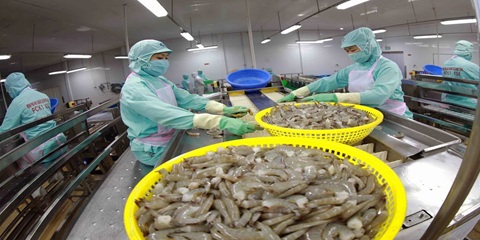
VIETNAM’S SEAFOOD EXPORTS HIT OVER US$10 BILLION IN JAN-NOV
Seafood export revenue in November alone amounted to nearly US$990 million, up 6.6% year-on-year. Key product groups posted solid gains. Shrimp exports rose 11.7% to over US$385 million, supported by strong demand for whiteleg shrimp and lobster. Tra fish shipments increased 9.7% to almost US$197 million, while marine fish, squid, and mollusk exports maintained their recovery.
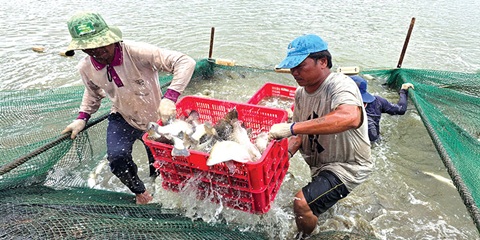
VIETNAM’S AGRO-FORESTRY-FISHERY EXPORTS HIT NEW RECORD IN JAN-NOV
Vietnam’s agro-forestry-fishery export revenue reached an estimated US$64.01 billion in the first 11 months of 2025, up 12.6% year-on-year and surpassing the full-year record of US$62.4 billion set in 2024. Agricultural exports reached US$34.24 billion, up 15% year-on-year, while livestock products brought in US$567.4 million, a 16.8% increase. Seafood exports rose 13.2% to US$10.38 billion, and forestry products earned US$16.61 billion, up 5.9%.

HANOI REPORTS RECORD-HIGH BUDGET REVENUE IN 2025
Hanoi’s budget revenue is estimated to reach VND641.7 trillion in 2025, the highest level ever recorded and nearly 25% above the revised target, according to a report by the municipal government. Data from the city’s socioeconomic performance review shows that total state budget collections in 2025 are projected to reach 124.9% of the adjusted plan and rise 24.9% from 2024, the Vietnam News Agency reported.
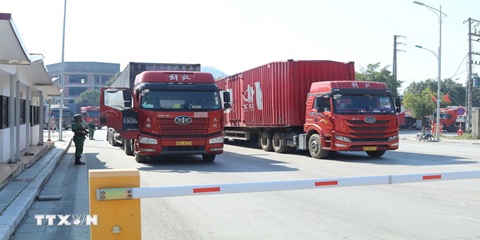
VIETNAM, CHINA TO PILOT TWO-WAY CARGO TRANSPORT AT LANG SON BORDER
Vietnam and China will launch a one-year pilot program on December 10 to allow two-way cargo transport through the Huu Nghi–Youyi Guan international border gates in Lang Son Province, reported the Vietnam News Agency. The Dong Dang-Lang Son Economic Zone Management Board said the trial aims to reduce transport costs and improve customs clearance capacity.
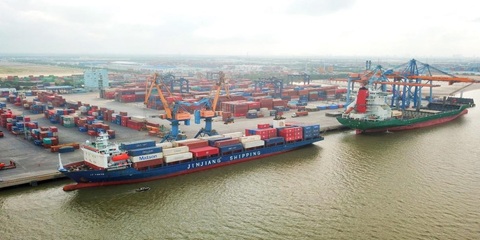
VIETNAM’S IMPORT-EXPORT VALUE NEARS US$840 BILLION IN JAN-NOV
The total value of Vietnam’s imports and exports was nearly US$840 billion between January and November this year, the highest level ever recorded, according to the National Statistics Office. In its latest report on the country’s socio-economic performance, the National Statistics Office highlighted a series of positive economic indicators, with trade emerging as one of the strongest drivers of growth.

OVER 19 MILLION INTERNATIONAL VISITORS COME TO VIETNAM IN JAN-NOV
Vietnam received more than 19.1 million international visitors in the first 11 months of 2025, a 20.9% increase year-on-year and the highest level ever recorded, according to the National Statistics Office. The figure surpasses the full-year record of 18 million arrivals set in 2019, before the Covid-19 pandemic. Nearly two million foreign visitors arrived in November alone, up 14.2% from October and 15.6% from the same period last year.
